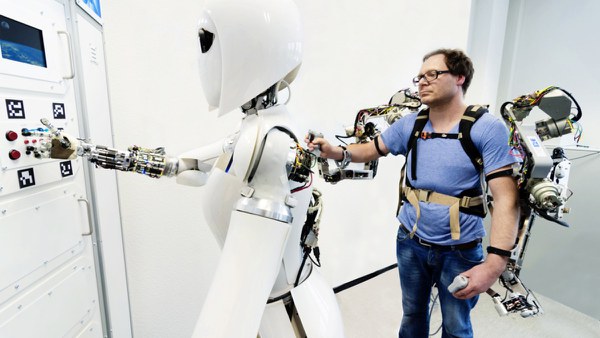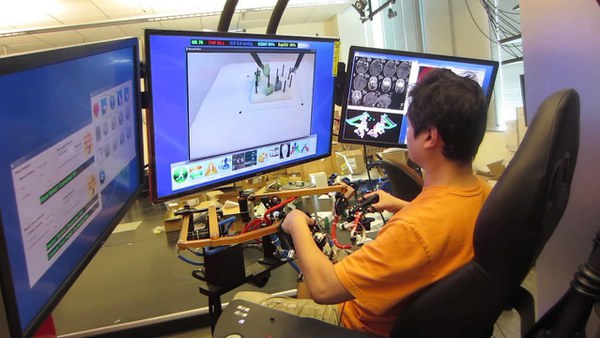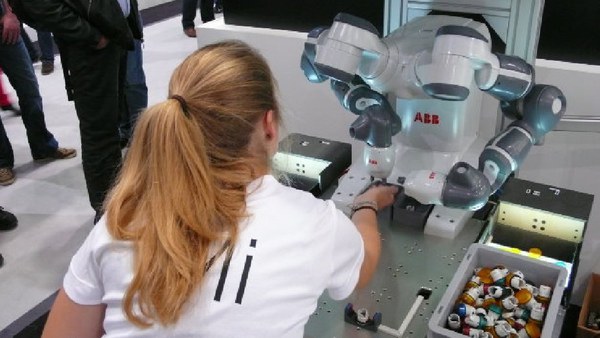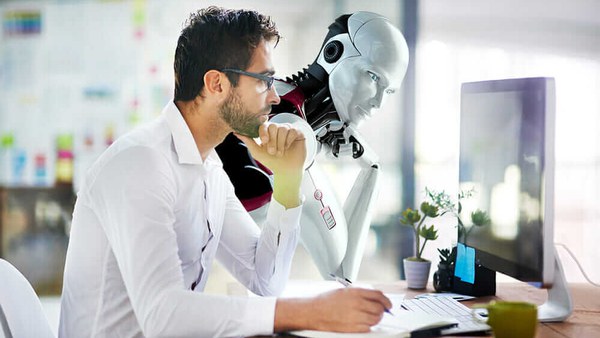Human-machine cooperation has become an established part of the modern workplace. While in production processes (e.g. in car manufacturing) humans and robots are still physically separate for safety reasons, integrating humans and machines is a goal in all areas of application. Problems and solutions in this regard are the focus of the four research priorities below.
Projects:
Important work in the field of robotics has been supported by research funding provided by the EU and the German Research Foundation (Deutsche Forschungsgemeinschaft – DFG).

The EU’s SAFROS (Patient Safety in Robotic Surgery) project conducted in collaboration with the German Aerospace Center in Oberpfaffenhofen involved working on improving human-machine interaction in robot-assisted minimally invasive surgery. Evaluation studies have identified common sources of error in the operation of the technical systems and developed a man-machine interface that is as intuitive as possible.

The CoTeSys (Cognition for Technical Systems) excellence cluster focused on the recognition of human intention and emotion as well as ways to transfer these abilities to technological systems. Additional work went into designing a multi-modal dialog system for intuitive human-robot interaction.

The work done in the context of the collaborative research center SFB453 (Realistic Telepresence and Teleaction), which is funded by the German Research Foundation, included issues relating to the principles and applications of telerobotic systems.



